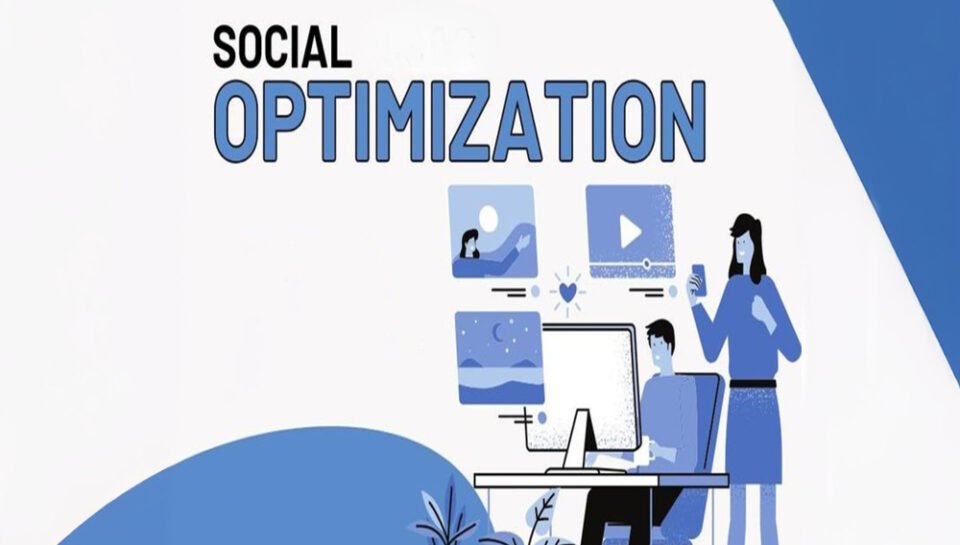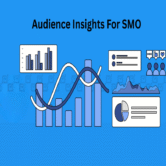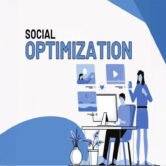
Describe metrics to monitor for social optimization
Introduction
Social media optimization (SMO) is the process of refining content strategies, interactions, and performance across platforms to improve visibility, engagement, and conversion. To ensure these strategies are effective, it’s critical to track specific performance metrics. These metrics provide data-driven insights into what’s working, what needs adjustment, and how to maximize returns on effort. From awareness-building to lead generation, social optimization metrics help align actions with objectives and support continuous improvement in both strategy and execution.
Engagement rate
Engagement rate measures how actively your audience interacts with your content. It includes likes, comments, shares, saves, and clicks relative to the number of followers or impressions. A strong engagement rate indicates content relevance and resonance with your audience. This metric is essential for understanding how well your content encourages participation and builds community.
Reach and impressions
Reach refers to the number of unique users who have seen your content, while impressions count the total number of times content is displayed. Monitoring reach helps assess content visibility, while impressions show the frequency of exposure. These metrics are critical for understanding content spread, audience awareness, and platform algorithm performance.
Click-through rate (CTR)
CTR measures the percentage of people who clicked on a link in your post or profile out of the total who viewed it. This metric indicates how compelling your CTAs, captions, and visuals are. A high CTR reflects strong interest and message clarity, helping you refine future posts for better traffic and conversion performance.
Follower growth rate
Tracking how quickly your audience grows over time helps measure brand interest and content appeal. A steady follower growth rate suggests your optimization strategies are attracting the right people. Unlike total follower count, which is a static number, growth rate reveals real-time momentum and helps evaluate campaign impact.
Conversion rate
Conversion rate reveals the percentage of users who take a desired action—such as signing up, downloading, or making a purchase—after interacting with your social content. It connects your social media efforts to business outcomes. Monitoring this metric helps you understand which types of content, platforms, or campaigns drive meaningful results.
Video views and completion rate
For video content, tracking views and how much of the video was watched provides insights into viewer interest and retention. Completion rate shows how engaging the content is from start to finish. Videos with high drop-off rates may require editing, stronger hooks, or better targeting to maintain attention.
Content-specific engagement
Breaking down engagement by content type—such as reels, carousels, stories, polls, or infographics—helps identify which formats perform best. Monitoring likes, shares, or saves per content format allows for informed content planning. Understanding format preferences ensures that you produce more of what resonates with your audience.
Hashtag performance
Hashtags play a significant role in discoverability. Tracking metrics such as reach, impressions, and engagement related to individual hashtags helps determine their effectiveness. Using the right mix of branded, trending, and niche hashtags can expand audience reach and improve content visibility in search and explore feeds.
Social share of voice (SSoV)
SSoV compares how often your brand is mentioned across social channels versus your competitors. This metric helps understand market position and awareness. A rising share of voice reflects growing influence and visibility, especially during product launches or brand campaigns. It’s also useful for tracking performance during industry events or trending topics.
Sentiment analysis
Understanding not just what is being said but how it is being said is crucial. Sentiment analysis classifies mentions and comments as positive, negative, or neutral. It provides insights into brand perception and customer satisfaction. Monitoring sentiment helps identify potential PR issues early and adjust messaging accordingly.
Response rate and response time
If your brand engages in customer service or community interaction, tracking how quickly and frequently your team responds is important. High response rates and low response times contribute to better user experiences, increase brand trust, and can positively impact customer loyalty and retention.
Conclusion
Monitoring the right social optimization metrics transforms guesswork into precision. By focusing on KPIs such as engagement, reach, CTR, conversions, and sentiment, brands can refine strategies, improve content relevance, and achieve measurable results. These metrics not only highlight success but also uncover opportunities for innovation and optimization. A well-structured metrics dashboard ensures that social media performance stays aligned with overall business goals and evolves with platform dynamics.
Hashtags
#socialmetrics #SMOmetrics #socialmediaoptimization #engagementrate #clickthroughrate #CTRtracking #followergrowth #contentperformance #reachandimpressions #socialanalytics #conversiontracking #videometrics #hashtagstrategy #socialinsights #sentimentanalysis #responsemetrics #kpisforsocial #socialstrategy #digitalengagement #metricsthatmatter #contentoptimization #socialdashboard #realmetricsrealresults #datafirststrategy #marketinganalytics





